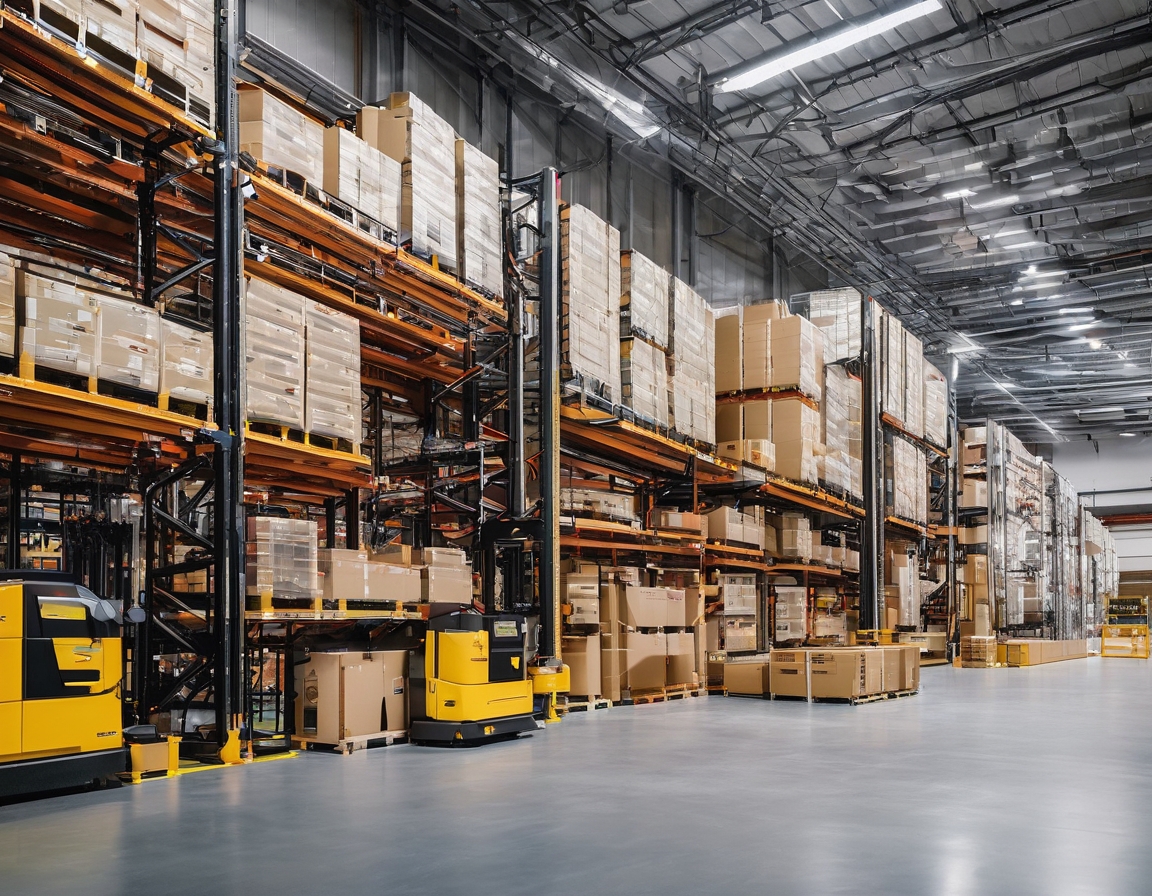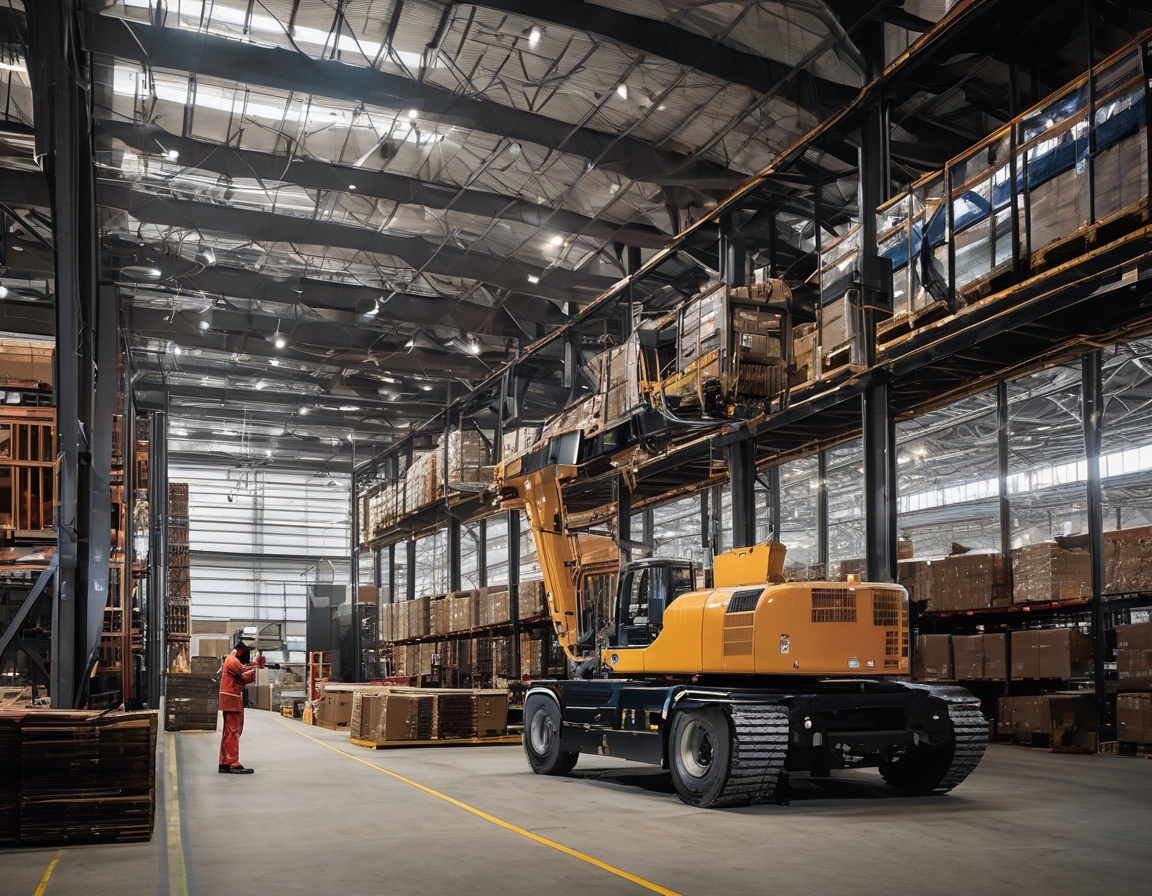Top 5 warehouse equipment trends in 2024
As we step into 2024, the landscape of warehouse operations is rapidly evolving. With technological advancements and a growing emphasis on sustainability, warehouse managers and logistics companies are seeking innovative solutions to enhance efficiency and reduce operational costs. In this blog post, we explore the top five warehouse equipment trends that are set to redefine the industry in 2024.
Automation and Robotics
Autonomous Mobile Robots (AMRs) are becoming increasingly prevalent in warehouses. These robots are designed to navigate complex environments without human intervention, optimizing the movement of goods and reducing labor costs. In 2024, we expect to see a significant increase in the adoption of AMRs, particularly in Northern Europe, where efficiency and precision are paramount.
Artificial Intelligence (AI) is transforming warehouse operations by enabling predictive analytics and decision-making processes. AI-driven systems can analyze vast amounts of data to optimize inventory management, forecast demand, and streamline supply chain operations. The integration of AI in warehouse equipment is set to enhance productivity and reduce downtime significantly.
Sustainable and Energy-Efficient Equipment
With a growing focus on sustainability, warehouses are increasingly adopting eco-friendly material handling solutions. Equipment such as electric forklifts and biodegradable packaging materials are gaining traction. These solutions not only reduce the carbon footprint but also align with the environmental goals of many Northern European businesses.
Energy efficiency is a critical consideration for modern warehouses. In 2024, we anticipate a surge in the adoption of LED lighting and advanced HVAC systems that minimize energy consumption. These systems not only lower operational costs but also contribute to a more sustainable warehouse environment.
Advanced Inventory Management Systems
Real-time data analytics is revolutionizing inventory management by providing warehouse managers with instant insights into stock levels and movement patterns. This trend is expected to continue growing in 2024, enabling businesses to make informed decisions and optimize their supply chain operations.
The Internet of Things (IoT) is playing a pivotal role in enhancing inventory tracking capabilities. IoT-enabled sensors and devices provide real-time visibility into inventory levels, reducing the risk of stockouts and overstocking. This technology is particularly beneficial for warehouses in Northern Europe, where precision and reliability are crucial.
Enhanced Safety and Ergonomics
Safety remains a top priority in warehouse operations. Wearable technology, such as smart helmets and vests, is being increasingly adopted to monitor worker health and safety. These devices can detect fatigue, monitor vital signs, and alert workers to potential hazards, thereby reducing the risk of accidents.
Ergonomics is gaining attention as warehouses strive to improve worker comfort and productivity. Equipment designed with ergonomic principles in mind, such as adjustable workstations and lift-assist devices, is becoming more common. These innovations help reduce physical strain and enhance overall workplace safety.
Flexible and Modular Storage Solutions
As warehouse operations become more dynamic, the need for flexible storage solutions is increasing. Adaptable racking systems that can be easily reconfigured to accommodate changing inventory needs are gaining popularity. These systems offer the versatility required to optimize space utilization and improve operational efficiency.
Space-saving innovations, such as vertical storage solutions and automated storage and retrieval systems (AS/RS), are transforming warehouse layouts. These technologies maximize storage capacity while minimizing the footprint, making them ideal for warehouses with limited space.






Comments (0)